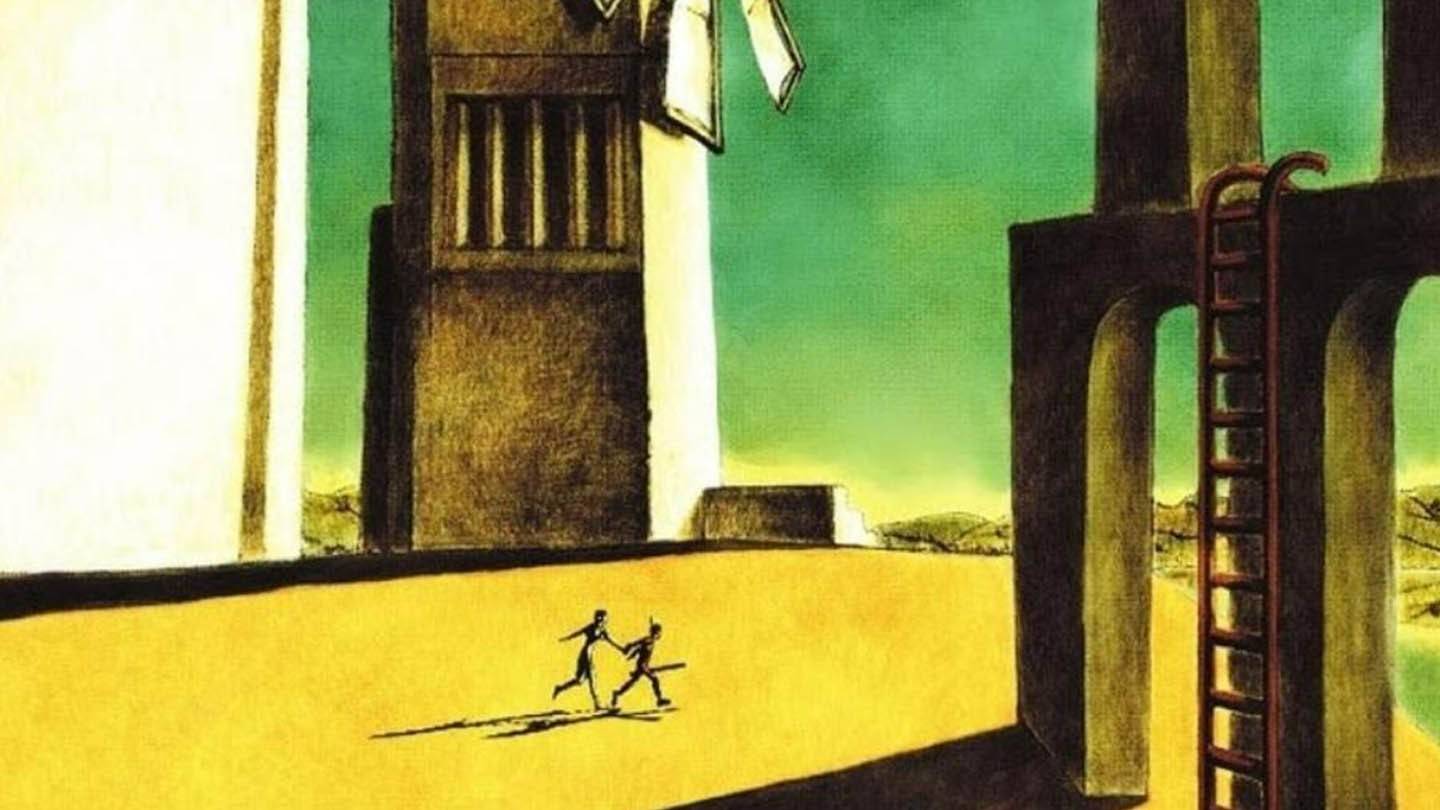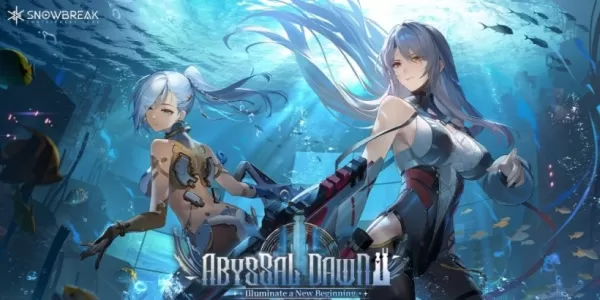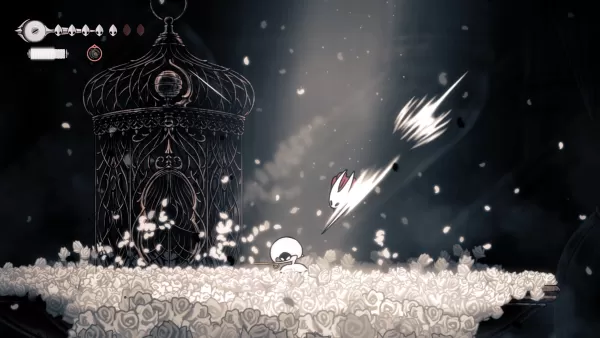
Yoko Taro, celebrated creator of NieR: Automata and Drakengard, recently discussed the profound impact of ICO on video games as an artistic medium. Released in 2001 for the PlayStation 2, ICO swiftly gained cult status due to its understated aesthetic and nonverbal storytelling.
Taro highlighted the game's innovative core mechanic—guiding Yorda by holding her hand—as a revolutionary departure from prevailing gameplay norms. He pointed out, "Had ICO required you to carry a suitcase the size of a girl, it would have been incredibly frustrating." This emphasis on leading another character was groundbreaking, challenging established ideas of player interaction.
At the time, successful game design often prioritized engaging gameplay even with extremely simplified visuals. ICO challenged this, prioritizing emotional connection and thematic depth over purely mechanical innovation. Taro believes the game demonstrated that art and narrative could move beyond mere supplementary elements, becoming integral to the overall experience.
Calling ICO "epoch-making," Taro credited it with significantly altering the course of game development. He lauded the game's ability to convey profound meaning through subtle interactions and atmospheric world-building.
Beyond ICO, Taro cited two other influential titles: Toby Fox's Undertale and Playdead's LIMBO. He argued that these games expanded the expressive capabilities of interactive media, proving video games' potential for delivering deeply moving and intellectually stimulating experiences.
For Yoko Taro's fans, his appreciation for these games sheds light on the creative sources behind his own work. It also underscores the ongoing evolution of video games as a potent and adaptable art form.
















